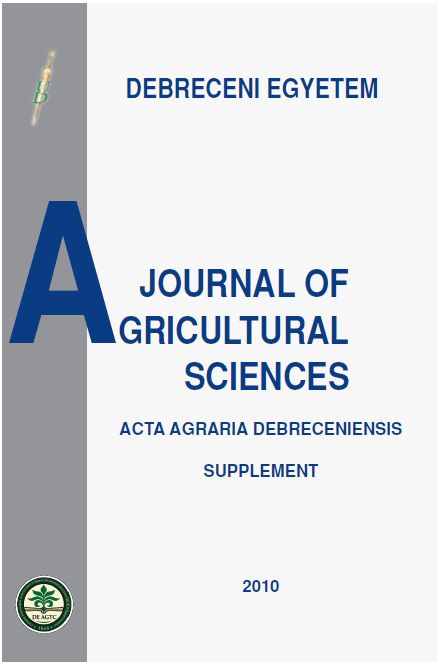The influence of biostimulators in the growth of some shrubs
Authors
View
Keywords
License

This work is licensed under a Creative Commons Attribution 4.0 International License.
How To Cite
Abstract
More sensitive than Mimosa pudica and more beautiful than any adornment detached from nature by man, the azalea (Azaleea
indica) gathers through its shapes a real symphony of colours and enchanting hues, of elegant shapes, having no rival in the flower world.
The azalea can multiply through seeds and vegetatively: seedlings, grafting, layering.
The widest reproduction method remains that through semilignified seedlings, a method that can be used throughout the year
avoiding the months less favourable for propagation by seedlings, with poor light: November and October. The best results are given by the
spring propagations by seedlings (February-March) and the summer propagations by seedlings (July-August). The rooting can last for 12-14
weeks until the seedlings can be transplanted in flower pots without risks.
A wide application in horticultural practice is the use of growth substances, that take part in the faster formation of roots and in a
higher percent for species of plants, that, normally, root with difficulty through seedlings. Under this aspect, many synthetical compounds
have proved to be very active (IAA, NAA, IBA, 2,4,5-T acid etc.) (3,4).

 https://doi.org/10.34101/ACTAAGRAR/I/8373
https://doi.org/10.34101/ACTAAGRAR/I/8373